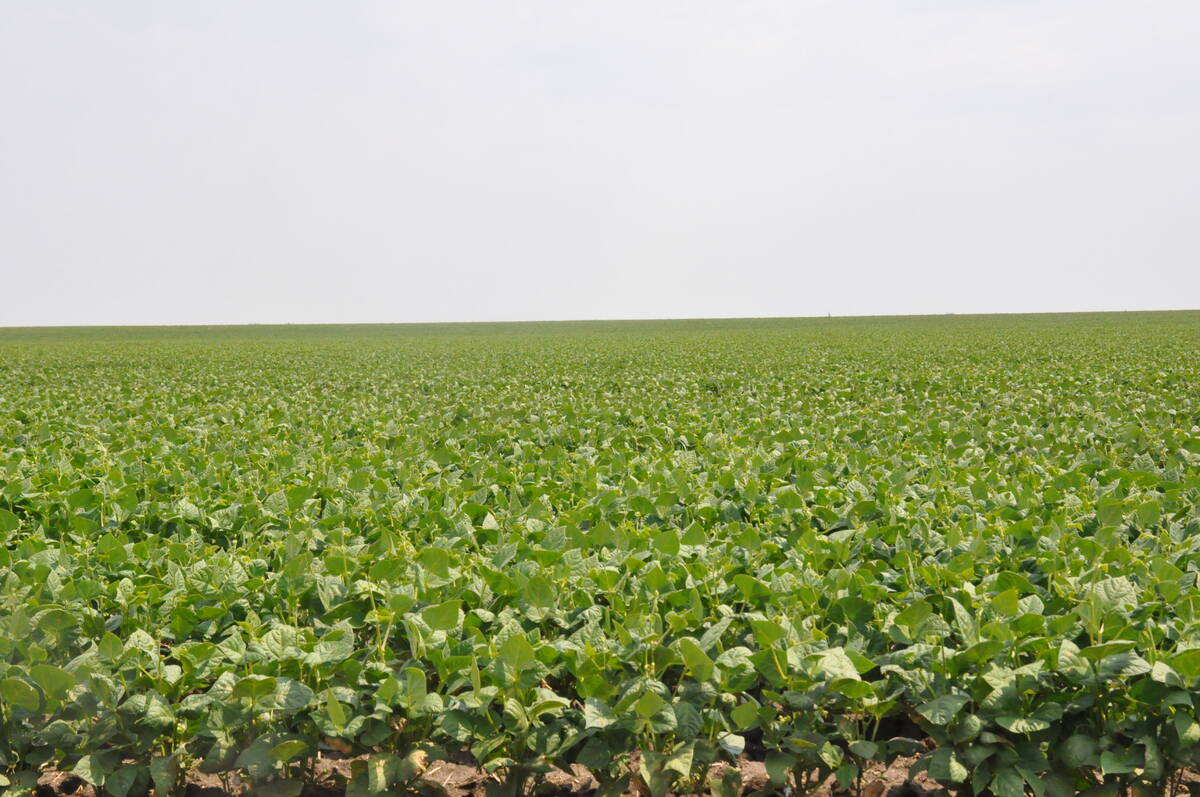SWIFT CURRENT, Sask. – Ted Dupmeier saw the devastation from
foot-and-mouth disease first-hand while working as a veterinarian in
the British countryside last summer.
This April, he joined Saskatchewan’s Quality Starts Here, or OSH, team
seeking to assure consumers around the world that Canadian beef is safe
from the field to the dinner plate.
In his role as the first on-farm food safety co-ordinator for the
program, Dupmeier will promote safe production practices.
QSH encourages producers to incorporate internationally recognized
Read Also

Coloured bean production down, whites are up
Bean prices have been slumping and the outlook is for more of the same.
standards like Codex, the Food Safety Enhancement Program and hazard
analysis critical control points, or HACCP.
HACCP identifies key areas where food safety concerns could arise
during production and creates control measures to reduce the risk.
Dupmeier said such on-farm practices will maintain beef markets at home
and abroad.
He, with help from his wife Darlene, will collect data from various
groups on current practices and work with producers to promote QSH and
food safety.
“Food wasn’t unsafe until today,” said Dupmeier from his Swift Current
office.
“Eighty percent of beef producers are doing all things correctly now.
The only thing they aren’t doing is standing there and saying they’re
doing things right.”
Cases of mad cow disease, foot-and-mouth, E. coli contamination and
chronic wasting disease in elk or deer have consumers and processors
asking if producers are doing what they can to produce safe beef, he
said.
“The consumer has to have confidence in the entire chain of production
coming to their plate,” Dupmeier said.
Highlighting the importance of food safety to human health, he cited
the high numbers of people dying from food poisoning worldwide.
The Saskatchewan QSH program has launched trials with two cow-calf
operations and two feedlots, including Poundmaker at Lanigan, to
develop standard operating procedures.
“I have oodles of faith it will work,” said Dupmeier, who said similar
programs are already in place for swine and poultry. “We don’t have to
reinvent any part of it.”
Cattle producers have been slower to adopt these practices due to the
“size, breadth and complexity” of the beef industry, said Rob McNabb of
the Canadian Cattlemen’s Association in Calgary.
He hopes to see significant numbers of beef producers involved in QSH
within five years.
Alberta has a pilot project in place and other provinces are expected
to launch similar pilot projects this year. Saskatchewan is the only
province with a provincial program co-ordinator.
Dupmeier said QSH can help producers use antibiotics and vaccines more
efficiently, while increasing consumer confidence and market
opportunities. He said Europeans are keen on what they consider
reliable, wholesome food.
“They will pay extra to eat an animal well taken care of in a good
environment,” he said.
Dupmeier plans to work mainly with those already on the QSH plan but
hopes others will join.
“We will hold training meetings to tell them this is not rocket science
and to look at what they’re doing already and what they can do,” he
said.














